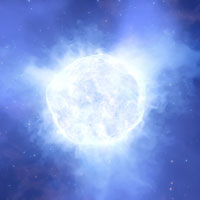 Astronomers have discovered the absence of an unstable massive star in a dwarf galaxy. Scientists think this could indicate that the star became less bright and partially obscured by dust. An alternative explanation is that the star collapsed into a black hole without producing a supernova.
Astronomers have discovered the absence of an unstable massive star in a dwarf galaxy. Scientists think this could indicate that the star became less bright and partially obscured by dust. An alternative explanation is that the star collapsed into a black hole without producing a supernova.
Jun 30th, 2020
Read more
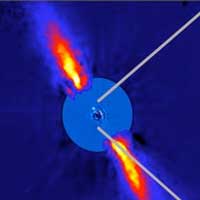 Astronomers have made the first measurement of spin-orbit alignment for a distant 'super-Jupiter' planet, demonstrating a technique that could enable breakthroughs in the quest to understand how exoplanetary systems form and evolved.
Astronomers have made the first measurement of spin-orbit alignment for a distant 'super-Jupiter' planet, demonstrating a technique that could enable breakthroughs in the quest to understand how exoplanetary systems form and evolved.
Jun 29th, 2020
Read more
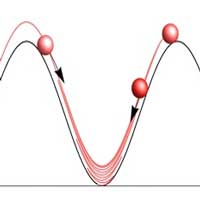 In a new study of axion motion, researchers propose a scenario known as 'kinetic misalignment' that greatly strengthens the case for axion/dark matter equivalence. The novel concept answers key questions related to the origins of dark matter and provides new avenues for ongoing detection efforts.
In a new study of axion motion, researchers propose a scenario known as 'kinetic misalignment' that greatly strengthens the case for axion/dark matter equivalence. The novel concept answers key questions related to the origins of dark matter and provides new avenues for ongoing detection efforts.
Jun 26th, 2020
Read more
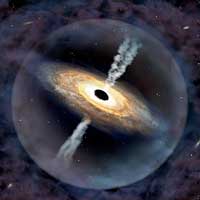 The second-most distant quasar ever discovered now has a Hawaiian name.
The second-most distant quasar ever discovered now has a Hawaiian name.
Jun 25th, 2020
Read more
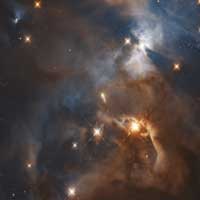 The young star HBC 672 is known by its nickname of Bat Shadow because of its wing-like shadow feature. The NASA/ESA Hubble Space Telescope has now observed a curious 'flapping' motion in the shadow of the star's disc for the first time.
The young star HBC 672 is known by its nickname of Bat Shadow because of its wing-like shadow feature. The NASA/ESA Hubble Space Telescope has now observed a curious 'flapping' motion in the shadow of the star's disc for the first time.
Jun 25th, 2020
Read more
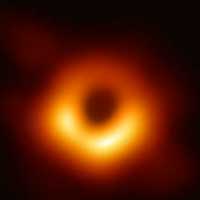 Possible light flare observed from small black holes within the disk of a massive black hole.
Possible light flare observed from small black holes within the disk of a massive black hole.
Jun 25th, 2020
Read more
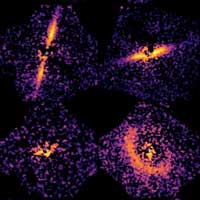 Systematic survey of 104 nearby stars turns up 25 dust disks with evidence of planets.
Systematic survey of 104 nearby stars turns up 25 dust disks with evidence of planets.
Jun 25th, 2020
Read more
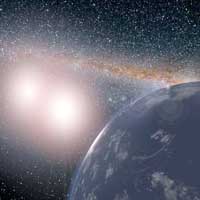 Scientists have simulated conditions on water-rich exoplanets to learn more about their geological composition, and found a new transition state between rock and water.
Scientists have simulated conditions on water-rich exoplanets to learn more about their geological composition, and found a new transition state between rock and water.
Jun 25th, 2020
Read more
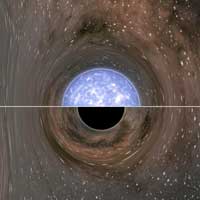 Astronomers have detected a mystery object inside the puzzling area known as the 'mass gap' -- the range that lies between the heaviest known neutron star and the lightest known black hole.
Astronomers have detected a mystery object inside the puzzling area known as the 'mass gap' -- the range that lies between the heaviest known neutron star and the lightest known black hole.
Jun 24th, 2020
Read more
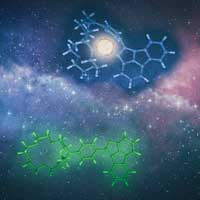 An interdisciplinary team of scientists has demonstrated that it is possible to build an ultra-sensitive sensor based on a new fluorescent molecule able to detect the nuclear decay key to knowing whether or not a neutrino is its own antiparticle. The results of this study have great potential to determine the nature of the neutrino and thus answer fundamental questions about the origin of the Universe.
An interdisciplinary team of scientists has demonstrated that it is possible to build an ultra-sensitive sensor based on a new fluorescent molecule able to detect the nuclear decay key to knowing whether or not a neutrino is its own antiparticle. The results of this study have great potential to determine the nature of the neutrino and thus answer fundamental questions about the origin of the Universe.
Jun 23rd, 2020
Read more
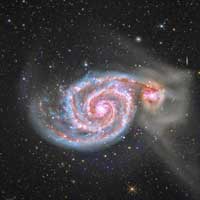 Researchers have found that rocky exoplanets, which formed early in the life of the galaxy seem to have had a greater chance of developing a magnetic field and plate tectonics than planets, which formed later. This means that if life exists in the Galaxy, it may have developed earlier than later, and that planets formed more recently may have less chance of developing life.
Researchers have found that rocky exoplanets, which formed early in the life of the galaxy seem to have had a greater chance of developing a magnetic field and plate tectonics than planets, which formed later. This means that if life exists in the Galaxy, it may have developed earlier than later, and that planets formed more recently may have less chance of developing life.
Jun 23rd, 2020
Read more
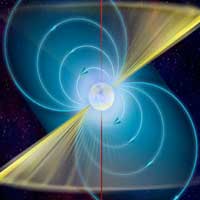 For centuries, lighthouses helped sailors navigate safely into harbor. In the future, space explorers may receive similar guidance from the steady signals created by pulsars.
For centuries, lighthouses helped sailors navigate safely into harbor. In the future, space explorers may receive similar guidance from the steady signals created by pulsars.
Jun 22nd, 2020
Read more
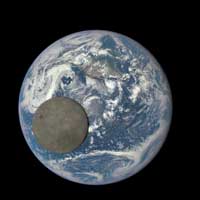 Earth's Moon has a 'near side' that is perpetually Earth-facing and a 'far side', which always faces away from Earth. The composition of the Moon's near side is oddly different from its far side, and scientists think they finally understand why.
Earth's Moon has a 'near side' that is perpetually Earth-facing and a 'far side', which always faces away from Earth. The composition of the Moon's near side is oddly different from its far side, and scientists think they finally understand why.
Jun 22nd, 2020
Read more
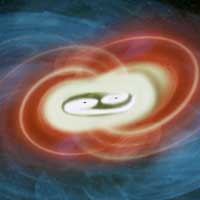 An international team of astronomers identifies periodic gamma-ray emissions from 11 active galaxies.
An international team of astronomers identifies periodic gamma-ray emissions from 11 active galaxies.
Jun 20th, 2020
Read more
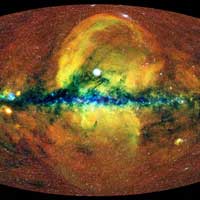 The eROSITA telescope has provided a new, sharp view of hot and energetic processes across the Universe.
The eROSITA telescope has provided a new, sharp view of hot and energetic processes across the Universe.
Jun 19th, 2020
Read more
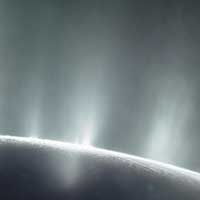 Through a mathematical analysis of several dozen exoplanets, scientists learned something significant: More than a quarter of the exoplanets they studied could be ocean worlds, with a majority possibly harboring oceans beneath layers of surface ice, similar to Europa and Enceladus.
Through a mathematical analysis of several dozen exoplanets, scientists learned something significant: More than a quarter of the exoplanets they studied could be ocean worlds, with a majority possibly harboring oceans beneath layers of surface ice, similar to Europa and Enceladus.
Jun 19th, 2020
Read more
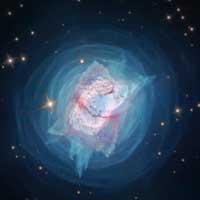 As nuclear fusion engines, most stars live placid lives for hundreds of millions to billions of years. But near the end of their lives they can turn into crazy whirligigs, puffing off shells and jets of hot gas. Hubble has dissected such crazy fireworks in two nearby young planetary nebulas.
As nuclear fusion engines, most stars live placid lives for hundreds of millions to billions of years. But near the end of their lives they can turn into crazy whirligigs, puffing off shells and jets of hot gas. Hubble has dissected such crazy fireworks in two nearby young planetary nebulas.
Jun 18th, 2020
Read more
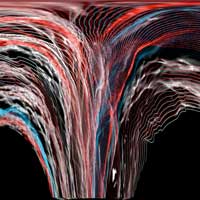 Every year, 2 million black hole mergers are missed - scientists work out how to detect them, revealing a lost 8 billion light years of Universe evolution.
Every year, 2 million black hole mergers are missed - scientists work out how to detect them, revealing a lost 8 billion light years of Universe evolution.
Jun 18th, 2020
Read more
 Astronomers have discovered the absence of an unstable massive star in a dwarf galaxy. Scientists think this could indicate that the star became less bright and partially obscured by dust. An alternative explanation is that the star collapsed into a black hole without producing a supernova.
Astronomers have discovered the absence of an unstable massive star in a dwarf galaxy. Scientists think this could indicate that the star became less bright and partially obscured by dust. An alternative explanation is that the star collapsed into a black hole without producing a supernova.
 Subscribe to our Space Exploration News feed
Subscribe to our Space Exploration News feed















